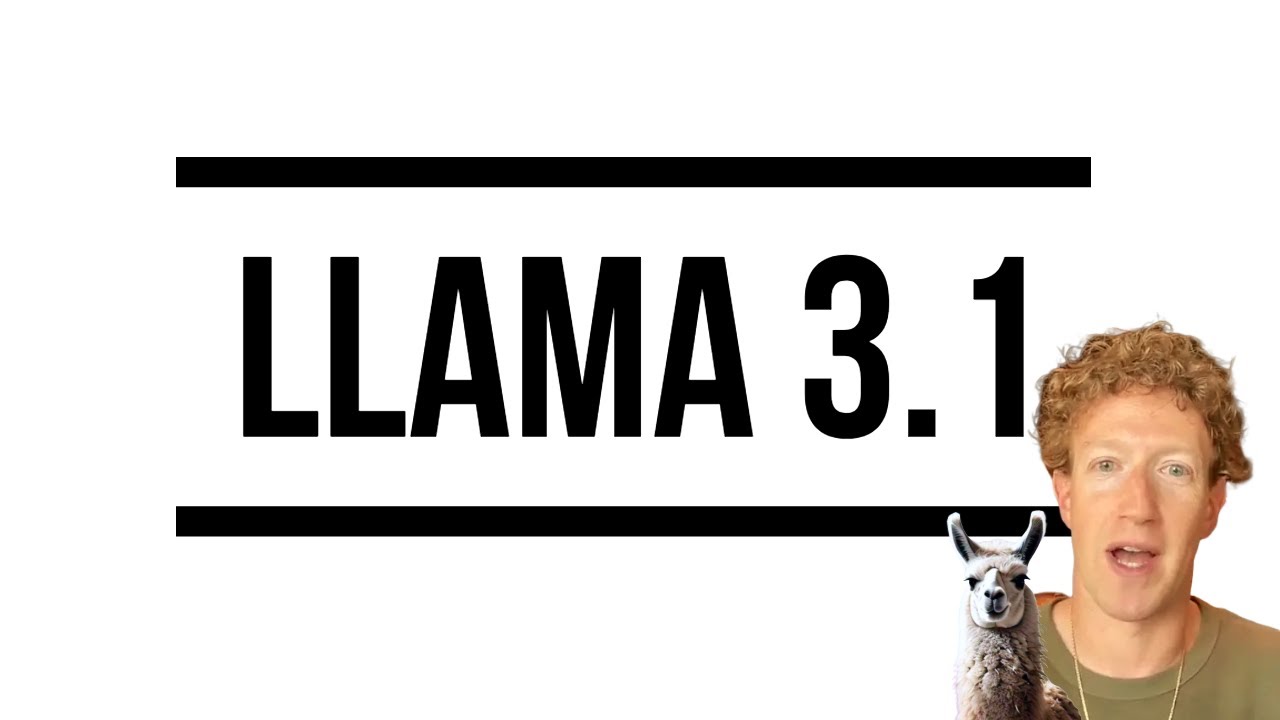The video analyses the Llama 3.1 language model, particularly its 405 billion parameter version, highlighting its performance that rivals leading models like GPT-4 while addressing concerns about the secrecy of its training data. The presenter emphasizes the model’s innovative training techniques and benchmarks, showcasing its strengths and weaknesses, and expresses optimism about future advancements in AI development and responsible practices.
The video discusses the recent release of the Llama 3.1 language model, specifically focusing on the 405 billion parameter version. The presenter highlights the impressive capabilities of this model, claiming that it delivers quality comparable to leading models like GPT-4. The analysis is based on a comprehensive 92-page paper that accompanies the model, detailing the benchmarks and performance comparisons against four competitors. The release has generated excitement due to Meta’s significant advancements in data quality and computational power, although there are concerns about the secrecy surrounding the training data used.
One key point addressed is the model’s performance on traditional benchmarks, where it appears to rival or even surpass GPT-4 in various tasks. However, the presenter emphasizes that these benchmarks do not fully capture the nuanced differences between models. The Llama 3.1’s architecture and design were influenced by extensive research and a large compute budget, allowing the team to predict performance outcomes accurately. This scaling approach provides Meta with a framework to anticipate future advancements in model performance.
The video also delves into the training process of Llama 3.1, highlighting the use of language models to improve data quality and model performance. Meta employed various techniques, including filtering data to eliminate overly apologetic tones and excessive emojis, and leveraging other models for annotation quality. They introduced innovative methods for reasoning and mathematical tasks by recognizing the importance of intermediate reasoning steps and correcting errors through execution feedback. The presenter notes that this approach marks a shift towards models improving themselves through iterative training processes.
In terms of benchmarks, the presenter mentions their own private benchmark, dubbed “Simple Bench,” to assess general intelligence and reasoning capabilities. Initial results show that Llama 3.1 performs better than GPT-4 but trails behind Claude 3.5 Sonic. The benchmarks reveal that while Llama 3.1 has strengths in certain areas, it still struggles with complex reasoning tasks that humans find straightforward. The presenter emphasizes the limitations of models when it comes to real-world understanding and highlights the need for linguistic cues to guide models toward the correct answers.
The video concludes by discussing the implications of Llama 3.1’s release for the AI industry, noting that while the model is a significant step forward, it is still in the early stages of development. Meta recognizes the need for responsible AI development and aims to encourage the industry to embrace open approaches to artificial general intelligence (AGI). The presenter remains optimistic about future improvements and eagerly anticipates upcoming models like Gemini 2 and GPT-5, suggesting that the field is on the brink of substantial advancements.
